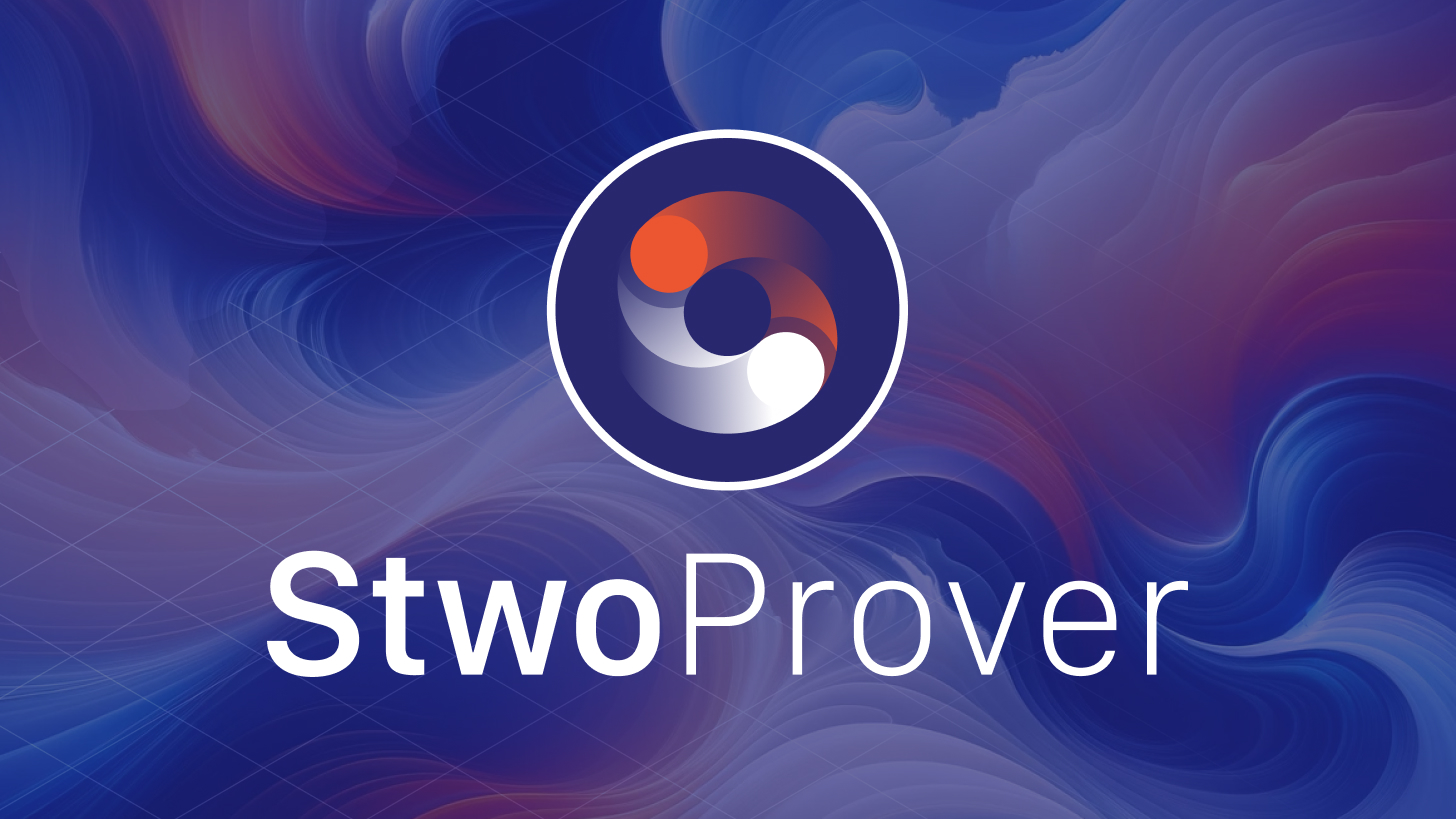TL;DR
- StarkWare offers a range of Data Availability (DA) modes for customers to choose from, according to their priority
- There are three approaches to Data Availability for STARK proofs, all of them are already available in production:
- Rollup: the ledger is published directly on the blockchain
- Validium: a Data Availability Committee secures the ledger, with only a hash being stored on-chain
- Volition: apps can let users choose their DA mode — Rollup or Validium — for each and every transaction
- No matter which DA is used — the validity of all transactions is guaranteed by STARKs
Introduction
As of November 2022, StarkEx has settled over $750 billion of trading volume, and over 270m transactions on Ethereum. In the NFT space, powering apps such as ImmutableX and Sorare, StarkEx has minted over 85 million NFTs at a price that is 1000x cheaper than doing this directly on Ethereum. STARK-based technology is scaling Ethereum. For example, in a single week, StarkEx ran 1.6x the number of transactions as Ethereum (12m on StarkEx vs 7.5m on Ethereum) while taking up less than 0.1% of Ethereum blockspace. And it does all of this while giving users the same level of security as if they were settling directly on Ethereum.
How does StarkWare achieve this?
Users send transactions on Layer 2 (either StarkEx or Starknet), which are batched and sent to a STARK prover. This STARK prover knows the state of the ledger before and after these transactions have been processed. The prover produces a STARK proof that attests to the validity of the new state of the ledger after these transactions have been executed. The new state and the STARK proof are sent to the on-chain STARK verifier. The verification of this proof happens autonomously via an immutable smart contract on Ethereum.
This architecture provides the best of both worlds: we can have low transaction costs, while still having Ethereum in the middle as a neutral arbitrator. Ethereum as an arbitrator is not just a nice-to-have; it provides critical security to the end user. A user transacting can now be confident that their funds are secured by Ethereum, and transactions are immutable once they are verified on Ethereum. The user also has complete self-custody of their funds. Self-custody is important because it ensures that the user has access to their funds at all times, without relying on any third party.
Where does Data Availability fit into all of this?
It’s important to emphasize both what this proof is doing as well as what it’s not doing. The proof is attesting to the validity of the new state, but it’s not telling you what the new state is. For that, you need data availability. If we only have the proof, then the blockchain knows that what was submitted is valid, but it doesn’t know what the new state (eg. ledger balance) is! Consumers of this data include users who have transactions within these proofs. The data should be made available to them if they want to withdraw funds on Ethereum without needing to trust the Layer 2 operator. This gives users full self-custody of their funds.
One analogy for this is your high-school teacher asking you to prove that x equals x. This is trivial to prove. What’s more difficult to answer: what is x actually equal to? For that, you need a separate piece of information. It could be that x equals 5, or another value. Likewise, on the blockchain, a STARK proof can be submitted to a STARK verifier smart contract for verification. And the verifier can attest that the proof is valid (that x=x). But you need a separate input to tell you what x (the new ledger balance) is.
There are three approaches to make this data available.
Rollup Mode
Rollup mode ensures that the state of the ledger is stored on Ethereum together with the proofs. Rollup mode is currently used by dYdX in production, and is also used by the Public Starknet L2 network. The benefits here are clear: one can recreate the state of the ledger by only interacting with the Ethereum blockchain. The implication of this is that you, as an end-user, can trustlessly talk to the relevant smart contract on Ethereum, and withdraw your funds even if the Layer 2 system shuts down.
Validium
Under Rollup Mode, the majority of Ethereum gas costs go to Data Availability, and not proof verification. This is because it is very gas-intensive to store data on the blockchain. In Validium mode, the ledger information is not sent to Ethereum. Rather, it is stored off-chain with a Data Availability Committee. Ethereum stores a hash of this ledger information. This Data Availability Committee consists of a quorum of independent members that oversee the correct state update as well as keep a copy of the data that was processed. Each StarkEx instance can create their own quorum. Quorum members for existing apps running on StarkEx include entities like Consensys, Nethermind, Iqlusion and Cephalopod.
The benefits here are clear. There is no need to pay Ethereum gas fees to store the ledger information on-chain. Rather, the only thing stored on Ethereum is a single hash of the ledger information. If you want to trustlessly withdraw funds from Layer 2 by talking to Ethereum, you merely require the digital signature of one of the members of the Data Availability Committee. The DAC members will use cryptography to prove that you have ownership of those funds.
Another hidden benefit of Validium Data Availability is confidentiality from people reading the blockchain. Under Rollup Mode, the balance of each account at the time that each proof is submitted is known to the public. With Validium, this data is hidden from the blockchain — only the Data Availability Committee is aware of this, because it’s kept off-chain. This level of confidentiality enables a wide variety of use cases where obfuscating the transactions data is important.
Volition
Volition is a data availability architecture that provides the choice between Validium and Rollup Mode at the transaction level. It does this by keeping one ledger on-chain, and another ledger with a Data Availability Committee. Users can choose between Validium and Rollup mode for each individual transaction.
Imagine that you purchase a really expensive NFT like a Bored Ape or a Cryptopunk, on an app running on StarkEx. You may want to use Rollup Mode to secure the data for that NFT, because you want a record of that specific transaction stored on Ethereum. However, you may then purchase a really cheap NFT (e.g. a cloak for your character in a blockchain game), and in that circumstance you will be happy to save money by using Validium.
If you are interested in the scale achieved by STARK proofs, then please come and build on us.



